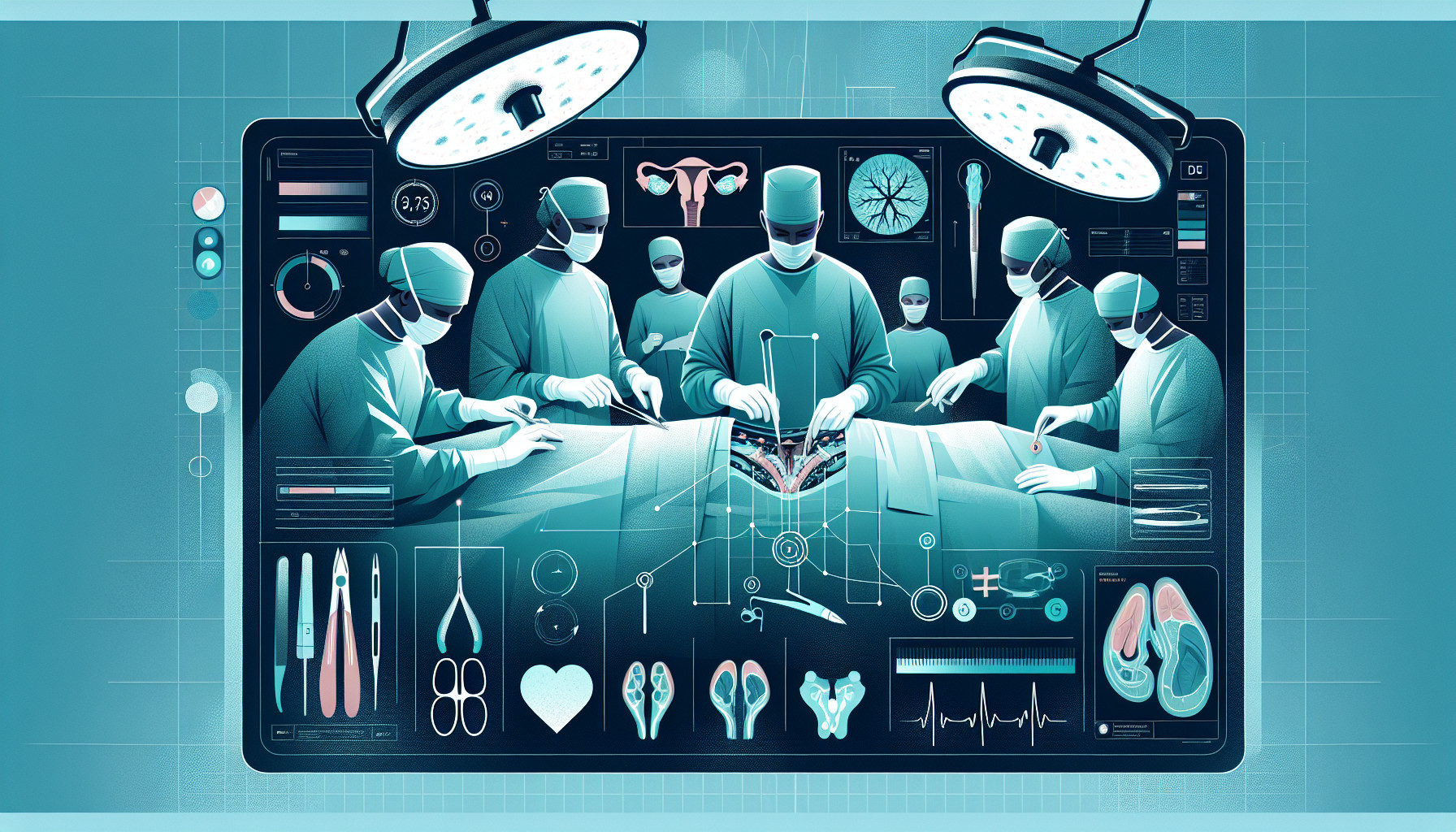Our Summary
Infertility is a significant health problem, with male factors contributing to 20-30% of cases. The most severe form is non-obstructive azoospermia (NOA), where a man has no sperm in his semen. This study looked at the relationship between the condition of the testicle tissue and certain clinical factors to see if they could predict the success of a procedure called microdissection testicular sperm extraction (mTESE), which aims to retrieve sperm directly from the testicles.
The study involved 57 men with azoospermia from Hanoi Medical University Hospital. All had mTESE and their testicle tissue was examined and classified into four patterns. The average age of the men was around 32 years and the procedure was successful in about 19.3% of cases.
Men with higher levels of a hormone called follicle-stimulating hormone (FSH) had a higher success rate. The most common pattern found in the testicle tissue was Sertoli cell-only syndrome (SCOS). While there was a significant difference in success rates between different tissue patterns, they did not strongly predict the outcome. However, the levels of FSH could predict the patterns in the testicle tissue.
In conclusion, idiopathic NOA (unexplained NOA) accounts for over 60% of azoospermia cases. The gold standard treatment remains mTESE, and the levels of FSH may help to predict the success of the procedure by indicating the condition of the testicle tissue.
FAQs
- What is non-obstructive azoospermia (NOA) and how common is it?
- What role does Follicle-Stimulating Hormone (FSH) play in predicting testicular histopathology patterns and sperm retrieval outcomes?
- What is the significance of testicular histopathology in the treatment of male infertility?
Doctor’s Tip
A helpful tip a doctor might tell a patient about testicular surgery is to closely follow post-operative care instructions, including keeping the surgical site clean and dry, avoiding strenuous activities, and taking any prescribed medications as directed to promote proper healing and reduce the risk of complications.
Suitable For
Patients with idiopathic non-obstructive azoospermia (NOA) are typically recommended testicular surgery, specifically microdissection testicular sperm extraction (mTESE), as a potential treatment option for infertility. These patients may have unknown causes of azoospermia and may benefit from surgical sperm retrieval techniques to improve their chances of successful sperm retrieval. Other potential candidates for testicular surgery include patients with obstructive azoospermia, varicocele, or testicular cancer.
Timeline
- Before testicular surgery:
- Patient presents with infertility concerns and undergoes initial evaluation and testing.
- Azoospermia is confirmed through semen analysis, hormone testing, and physical examination.
- Patient is referred for microdissection testicular sperm extraction (mTESE) to retrieve sperm for assisted reproductive techniques.
- Testicular biopsies are performed to assess histopathological patterns and potential causes of azoospermia.
- After testicular surgery:
- Patient undergoes mTESE procedure to retrieve sperm from the testes.
- Testicular biopsies are examined and classified into different histopathological patterns.
- Sperm retrieval success rate is determined, with higher follicle-stimulating hormone (FSH) levels associated with positive outcomes.
- Sertoli cell-only syndrome (SCOS) is identified as the most common histopathological pattern.
- Multivariate analysis shows no strong association between histopathology patterns and sperm retrieval success, but FSH levels may help predict outcomes.
- Overall, idiopathic non-obstructive azoospermia (iNOA) accounts for the majority of cases, and mTESE remains the gold standard for sperm retrieval in these patients.
What to Ask Your Doctor
- What is the success rate of sperm retrieval for patients with my specific diagnosis?
- What are the potential risks and complications associated with testicular surgery?
- How long is the recovery time after testicular surgery?
- Will testicular surgery affect my future fertility potential?
- Are there any alternative treatments or procedures that I should consider before proceeding with testicular surgery?
- How many procedures are typically needed to successfully retrieve sperm in cases like mine?
- Will I need to undergo any additional testing or evaluations before the surgery?
- How will the results of the testicular histopathology analysis impact my treatment plan moving forward?
- What are the chances of a successful pregnancy using retrieved sperm after testicular surgery?
- Are there any lifestyle changes or precautions I should follow post-surgery to optimize my fertility outcomes?
Reference
Authors: Nguyen Cao T, Nguyen Hoai B, Dinh Huu V, A Jannini E. Journal: Aging Male. 2025 Dec;28(1):2436850. doi: 10.1080/13685538.2024.2436850. Epub 2024 Dec 14. PMID: 39673527
